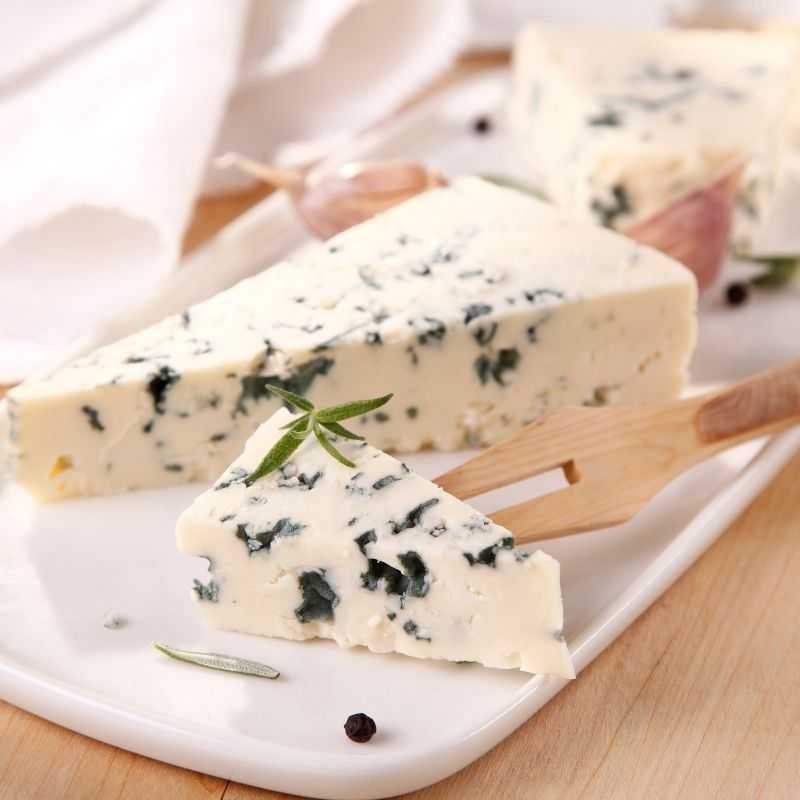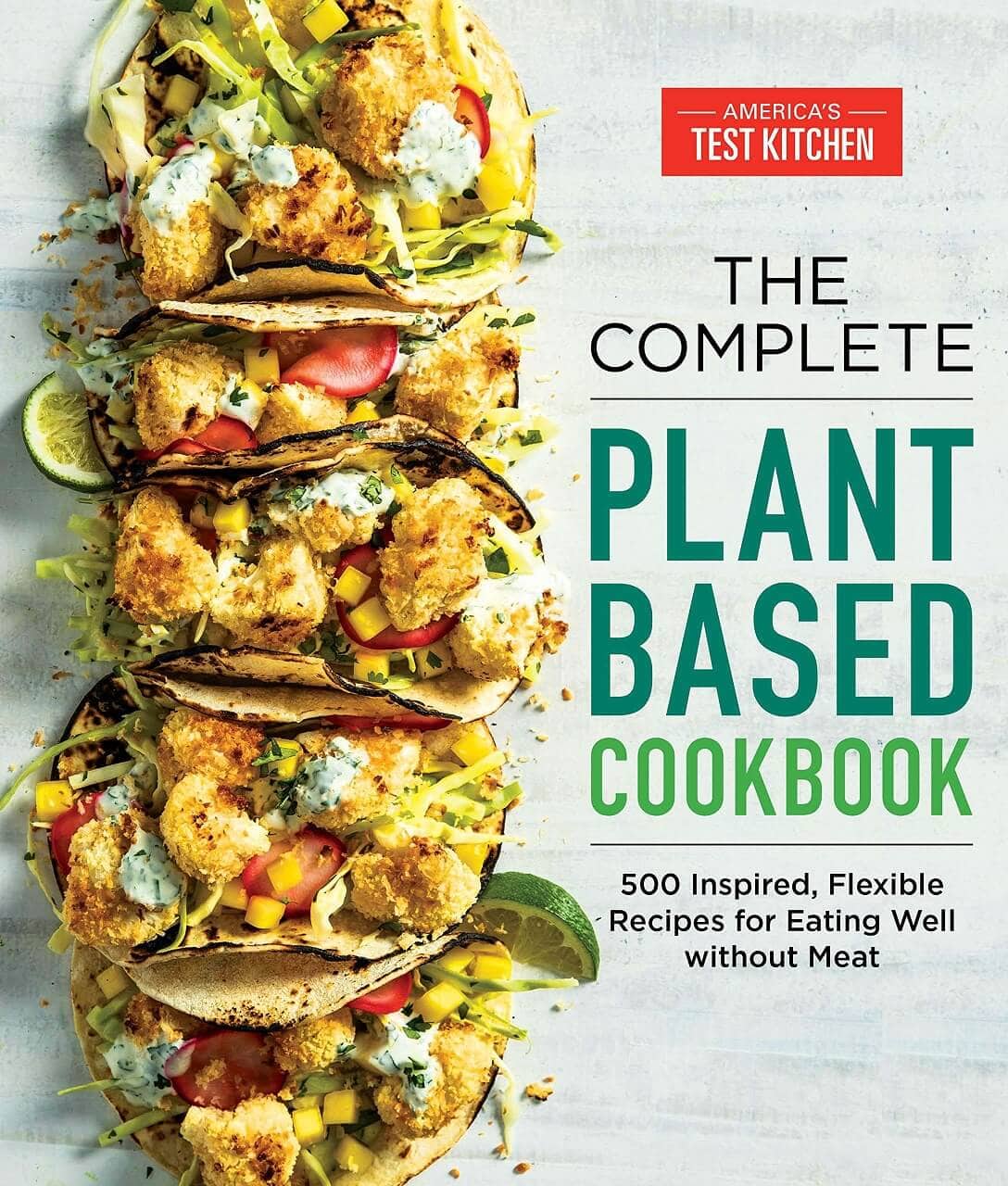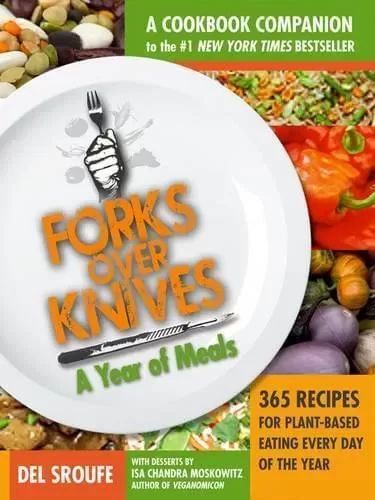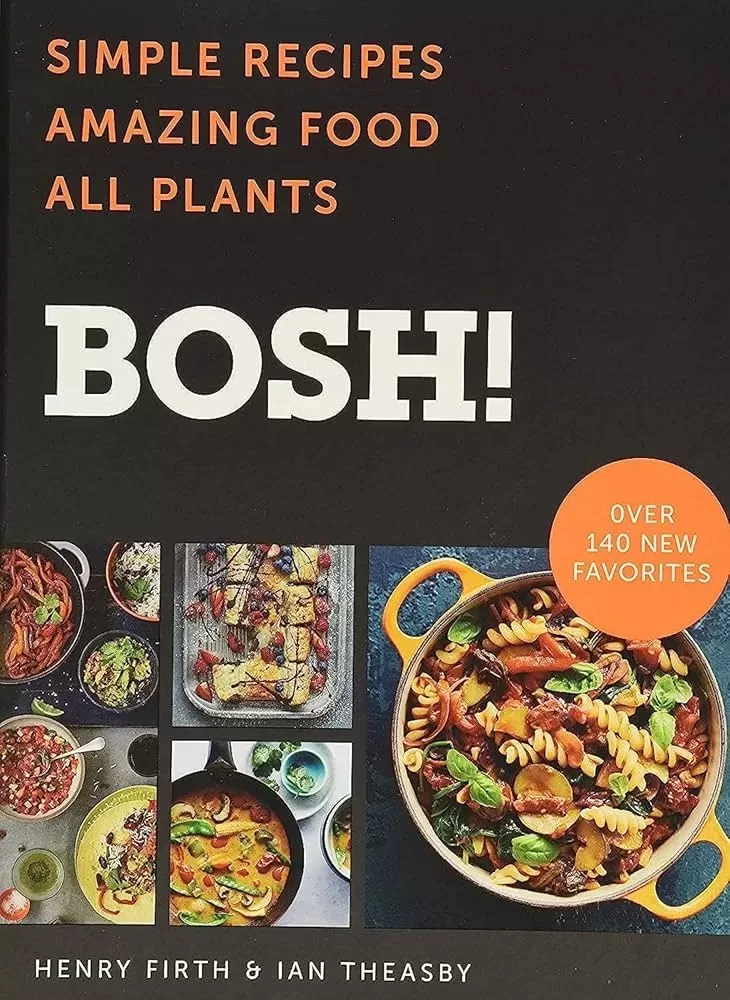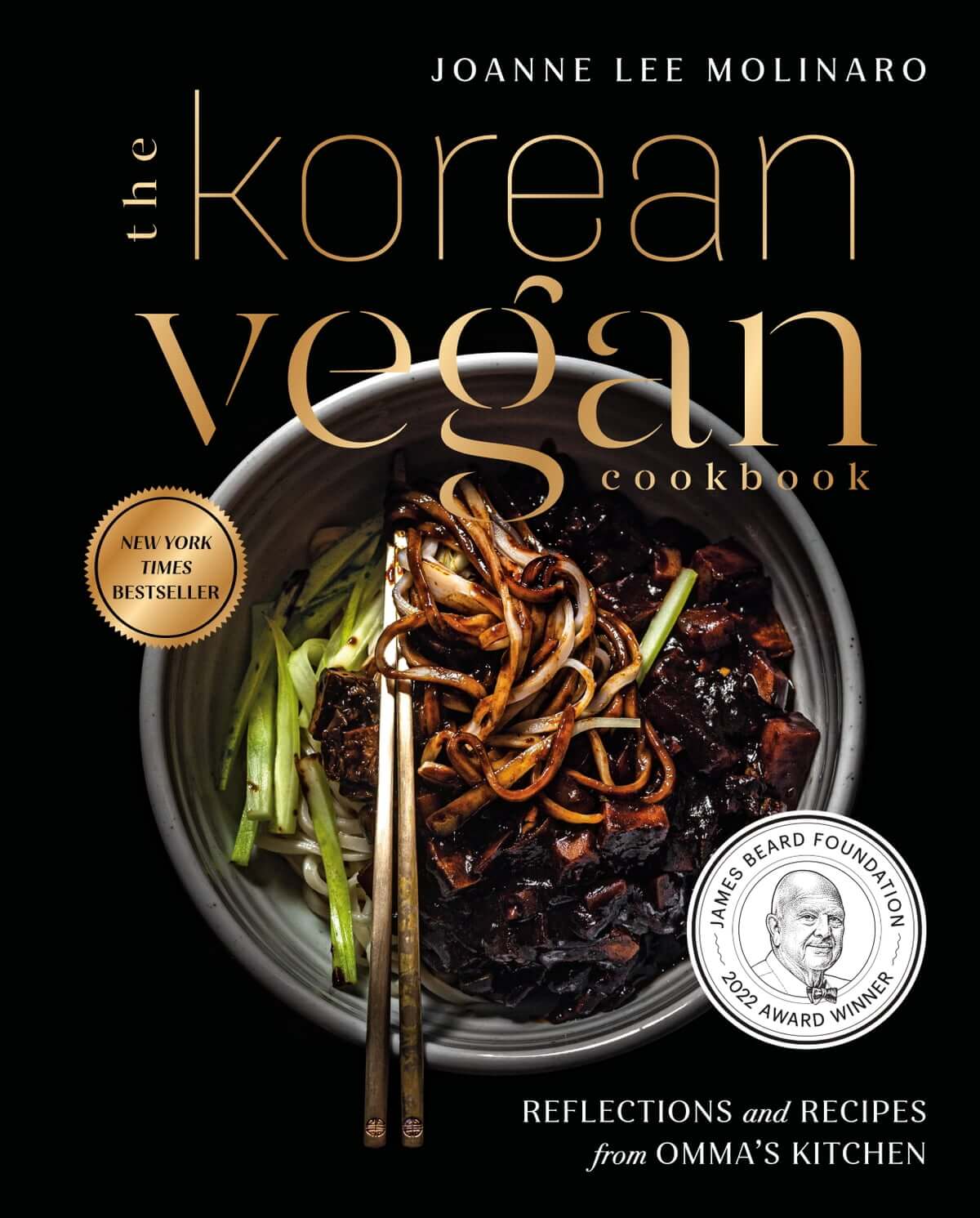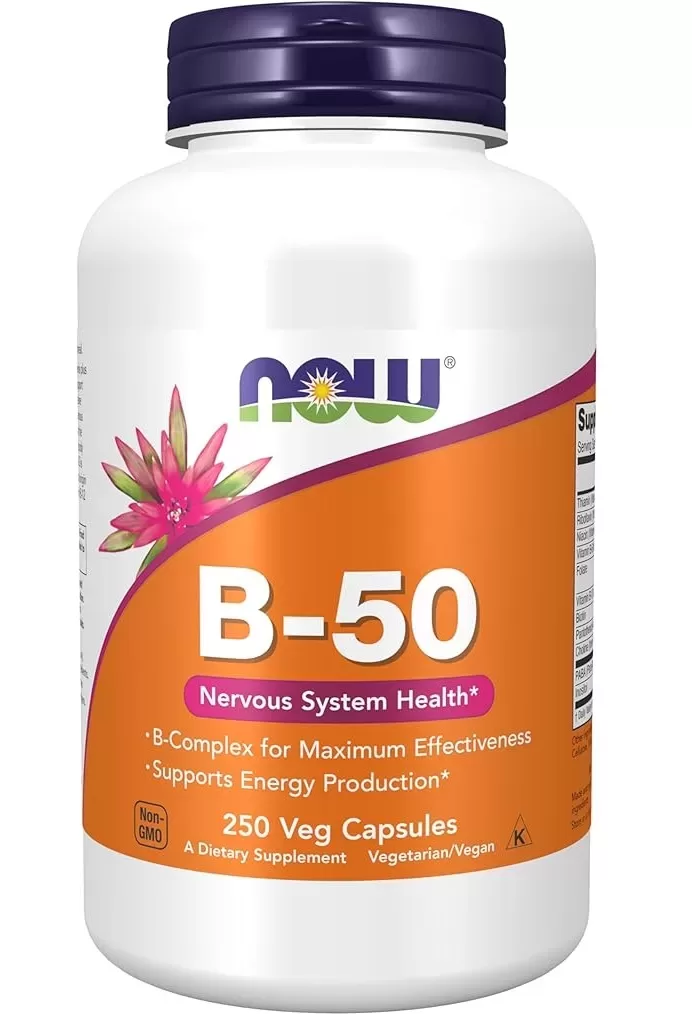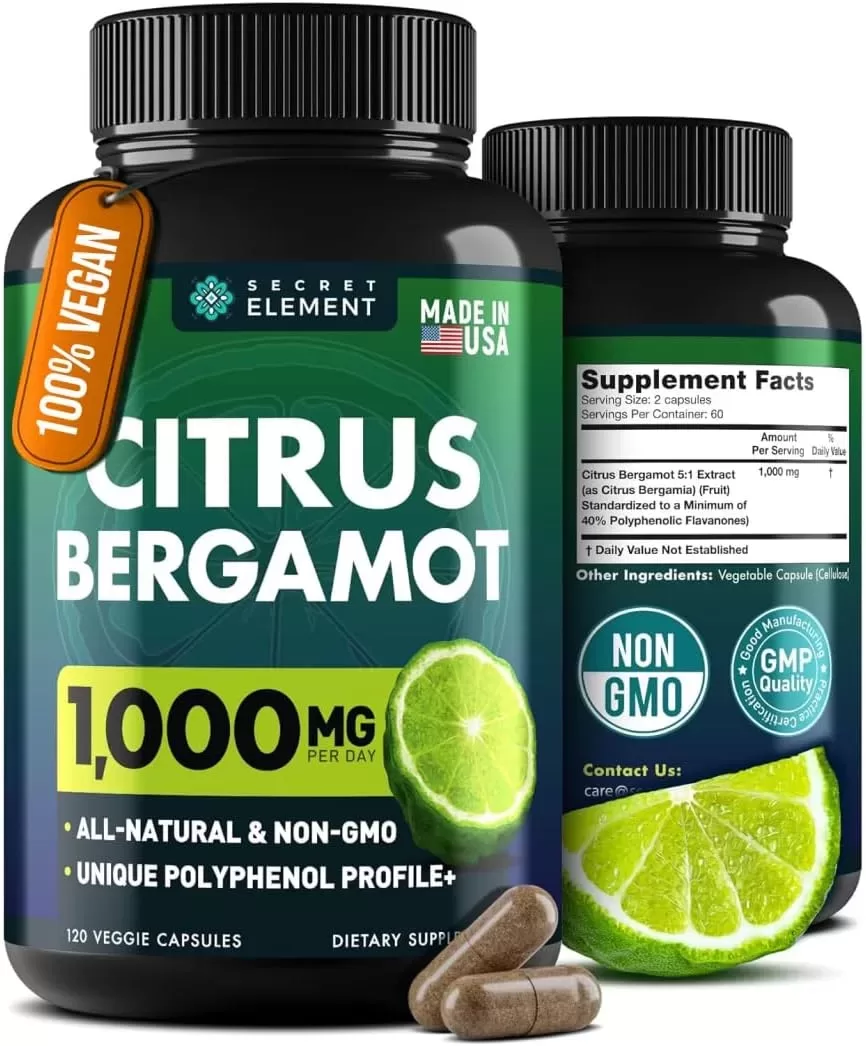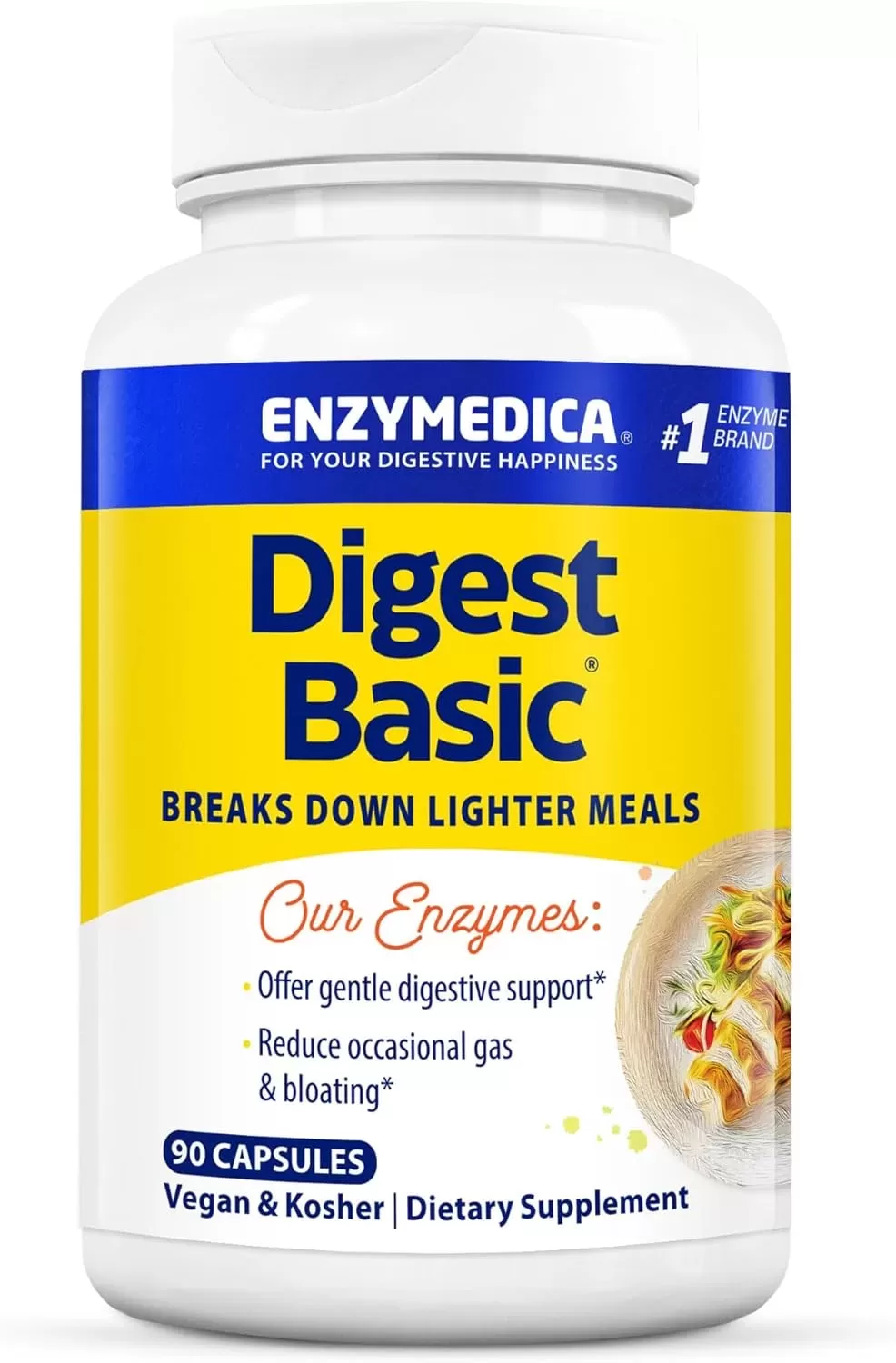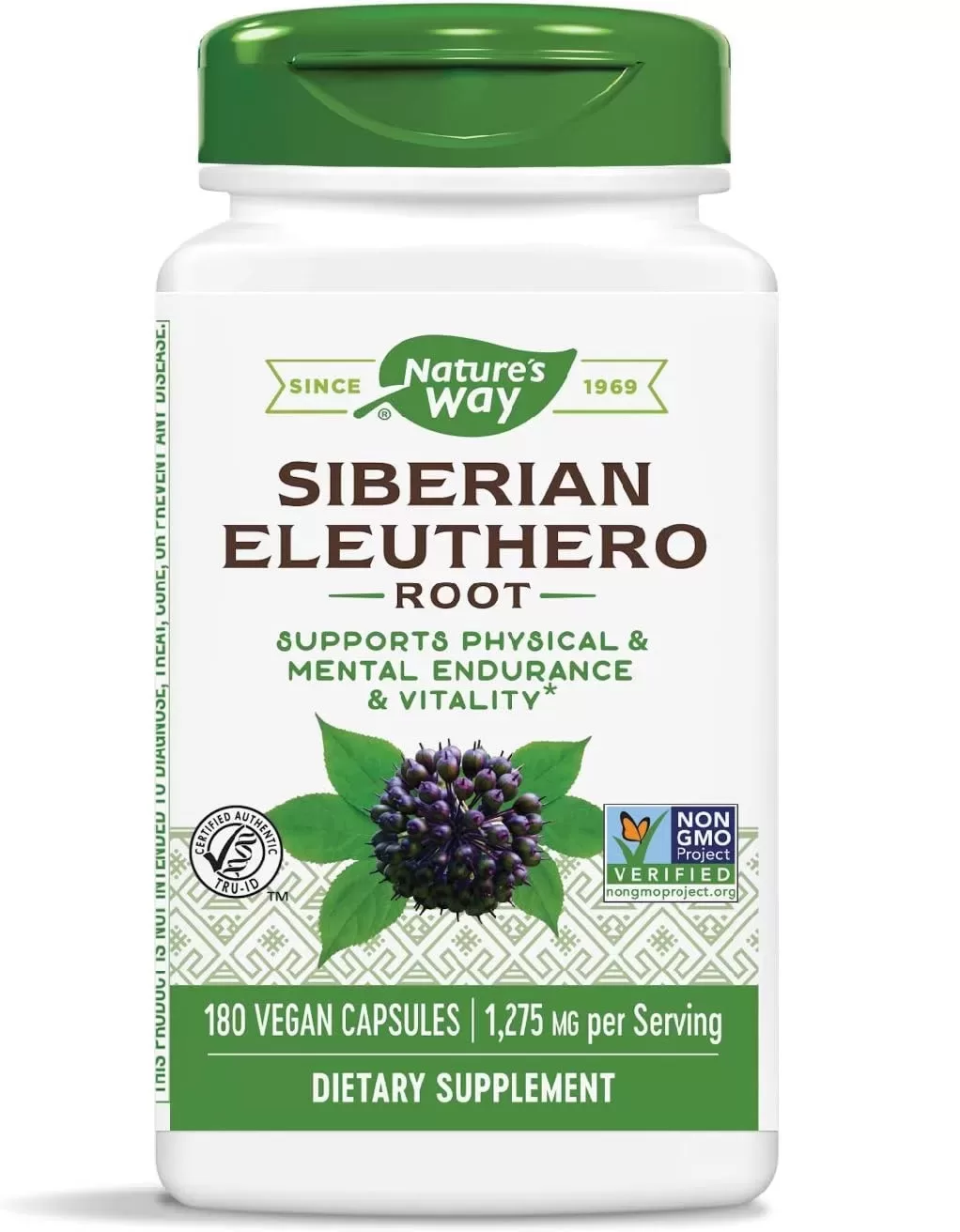I’m excited to share this Vegan Blue Cheese recipe with you! After experimenting, I’ve created a dairy-free cheese that tastes as close to traditional blue cheese as you can get—creamy enough to spread and firm enough to slice, with a bold, tangy flavor.
This easy vegan cheese recipe is perfect for anyone looking for a simple, plant-based alternative. It’s versatile, too—you can use it as a vegan blue cheese dressing, spread it on crackers, or add it to salads. This recipe is a must-try for vegan cheese lovers and anyone curious about plant-based cheeses.
Ingredients:
- 2 cups raw cashews (soaked)
- ¼ cup melted coconut oil
- 3 tbsp apple cider vinegar (ACV)
- 3 tbsp white miso paste
- 1 tsp onion powder
- ½ tsp garlic powder
- ¼ tsp spirulina (for the blue-green streaks)
- 1 ½ tsp salt
Procedure:
- Soften the Cashews: Soak cashews in water for at least 6 hours, or boil them in a pot of water for 10 minutes until soft. This helps achieve a smooth, creamy consistency in the cheese. Once soft, drain and rinse with cool water.
- Blend Ingredients: In a blender or food processor, combine softened cashews, coconut oil, ACV, miso paste, onion powder, garlic powder, and salt. Blend until smooth and creamy, scraping down the sides as needed. The mixture should be thick and slightly sticky, resembling traditional blue cheese in texture. Taste and adjust salt if needed.
- Prepare the Mold: Line your mold with parchment paper, plastic wrap, or use a silicone mold. Mini springform pans work well for small cheese wheels. Be creative with shapes for fun presentations—mini logs or rounds are great options!
- Shape: Spread about half of the cashew mixture into the mold, smoothing it out evenly. Creating a base layer first helps add an even blue-green streak pattern in the next step.
- Add Spirulina Streaks: Sprinkle a small amount of spirulina powder in streaks over the first layer of cashew mixture. This creates the signature blue-green lines found in traditional blue cheese. Add the remaining cashew mixture on top and smooth it out. For more defined streaks, add a few more spirulina streaks to the top layer and swirl gently with a toothpick or knife for a marbled effect.
- Set the Cheese: Cover the mold and refrigerate for at least 24 hours to allow the cheese to firm up. For a stronger flavor and firmer texture, you may refrigerate it for up to 3 days. The longer it chills, the tangier and firmer it will become.
- Serve: Once set, remove the cheese from the mold and slice as desired. Serve with bread, crackers, or as a salad topping. It also works wonderfully melted in sauces, making it versatile for recipes like vegan blue cheese pasta or as a unique dip for vegetables.
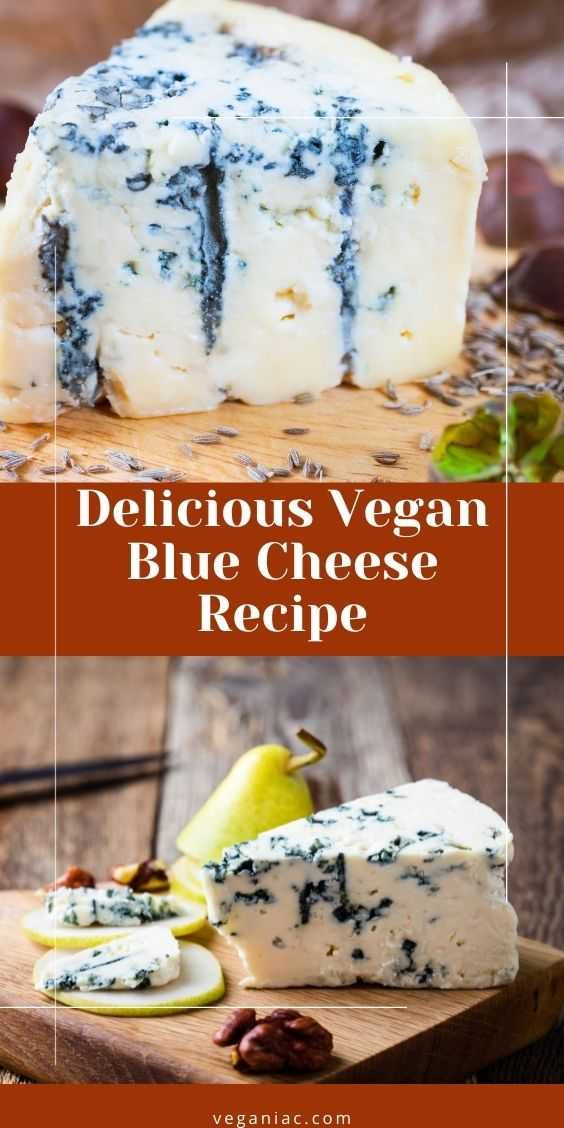
How to Make Vegan Cheese: A Simple Guide
Making vegan cheese is a simple and fun process. Instead of using dairy cream or milk like traditional cheese, vegan cheese uses plant-based ingredients. The most common replacements for cream or milk are nuts, like cashews, almonds, or macadamia nuts. When soaked and blended, these nuts become smooth and creamy, creating a great base for vegan cheese.
Other options include coconut milk, soy milk, or plant-based yogurt, depending on the type of cheese you want to make. These dairy-free alternatives give the cheese the creamy texture it needs while staying completely vegan.
To add flavor, ingredients like nutritional yeast are often used to give the cheese a cheesy taste. Lemon juice, vinegar, and spices are also added to give it a tangy, savory flavor, just like regular cheese. With a few easy steps, you can make your own dairy-free cheese at home!
Frequently Asked Questions (FAQs)
What is vegan blue cheese made of?
Vegan blue cheese is typically made from ingredients like cashews, coconut oil, miso paste, and spirulina to replicate the taste and appearance of traditional blue cheese.
Does vegan blue cheese taste like real blue cheese?
While the flavor is close, vegan blue cheese has a slightly different taste due to the absence of dairy. However, it still offers the tangy, bold flavors of traditional blue cheese.
Is all blue cheese vegetarian?
Not all blue cheese is vegetarian, as many use animal rennet in the cheese-making process. Vegan blue cheese, on the other hand, is completely plant-based.
Can you melt vegan blue cheese?
Yes, vegan blue cheese can be melted, although it may not have the same melting properties as dairy-based cheese.
Is vegan blue cheese dairy-free?
Yes, vegan blue cheese is completely dairy-free, making it suitable for those with lactose intolerance or a vegan diet.
How is vegan blue cheese different from regular blue cheese?
Vegan blue cheese is made from plant-based ingredients and does not contain dairy or animal products, while regular blue cheese is made from cow’s or goat’s milk.
Is vegan blue cheese healthy?
Vegan blue cheese can be a healthier alternative as it’s typically lower in saturated fats and cholesterol, but it depends on the ingredients used.
Where can I buy vegan blue cheese?
Vegan blue cheese can be found in specialty health food stores, vegan grocery stores, and some online retailers.
Can I make vegan blue cheese at home?
Yes, there are many recipes available for homemade vegan blue cheese using ingredients like cashews, miso, and spirulina.
How long does vegan blue cheese last?
Homemade vegan blue cheese usually lasts 5-7 days in the fridge when stored in an airtight container.
Final Thoughts
This Vegan Blue Cheese is a great option for those looking for a dairy-free cheese alternative that’s both flavorful and versatile. Whether you’re using it as a dressing, spread, or topping, this recipe lets you enjoy the taste and creaminess of traditional blue cheese without the dairy.
Serve it on toast, blend it into sauces, or experiment with new recipes to see how this vegan cheese can add richness to your dishes!
Best-Selling Vegan Cookbooks

